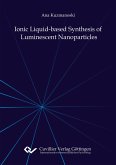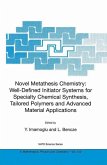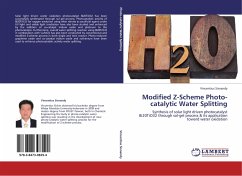The world¿s energy consumption is predicted to increase significantly over the coming decades. Diminishing fossil energy resources and the target to reduce greenhouse gas emission make new technologies a necessity to meet future energy demands. Thus, the exploitation of renewable energy sources is of prime interest in chemical research today. In nature, photosynthesis uses solar energy to split water, generating protons and reducing equivalents for the production of organic material. The oxidative half-reaction of water splitting, that is, the generation of dioxygen, is a thermodynamically and kinetically demanding 4e-/4H+ process and is therefore considered to be the bottleneck of this approach. Developing rugged and highly efficient catalysts for this water oxidation reaction is a major challenge in this research field. The herein presented work introduces a number of new rationally designed pyrazolate-based diruthenium complexes as water oxidation catalysts, emphasizing the favourable preorganisation of two metal ions in one system for binding of two water molecules at a distance adequate for O-O bond formation. Thorough characterisation of the complexes using a wide range of analytical techniques and fundamental investigation of water oxidation catalysis ¿ both chemically and electrochemically ¿ allow deep insight into the water oxidation reaction and influences of different ligand designs on catalytic performances. The results described in this work contribute to a better understanding of the possibility to rationally design water oxidation catalysts on a molecular basis.








